China is home to many wild cats, including some of the rarest in the world. Wild cats of China include big cats like the Siberian tiger, snow leopard, and Indochinese leopard live in different parts of the country, from snowy mountains to warm forests.
The South China tiger once roamed central China, but now it may be extinct in the wild.
Other wild cats, like the clouded leopard, Eurasian lynx, and Pallas’s cat, are smaller but still important. These cats help keep nature balanced by hunting animals like deer and rabbits. Many wild cats in China are endangered because of hunting and the loss of their natural homes. People are now working to protect them and their habitats.
More About China
China (The People’s Republic of China) is one of Earth’s most significant countries (3.7 million square miles). The Pacific Ocean borders it, the South China Sea, and 14 countries: Korea, Vietnam, Laos, Burma, India, Bhutan, Nepal, Pakistan, Afghanistan, Tajikistan, Kyrgyzstan, Kazakstan, Mongolia, and Russia.
It ranks third in biodiversity after Brazil and Colombia, with nearly 35,000 different species, including:
- 551 species of mammals
- 1,221 species of birds
- 424 species of reptiles
- 333 species of amphibians
China’s geography is a testament to the Earth’s diversity, with its vast coastal regions, expansive plains, picturesque grasslands, majestic mountains, and serene river valleys. This variety of landscapes is a key factor in supporting the country’s rich biodiversity.
The Yangtze River is the longest river in China and Asia and the third longest in the world. The second largest river is the Yellow River, which flows into the Pacific Ocean. The largest lake in China is the Qinghai Lake (salt water).
Mountainous regions can be found in two-thirds of the country, usually running east to west and northeast to southwest.
Big Cats in China
China is home to several amazing big cats. These powerful animals live in different parts of the country, from cold mountains to warm forests. The big cats found in China are: the Bengal tiger (Panthera tigris tigris), Indochinese tiger (Panthera tigris tigris), Siberian tiger (Panther tigris tigris), South China tiger (Panthera tigris tigris), leopard (Panthera pardus), Indochinese leopard (Panthera pardus delacouri), Amur leopard (Panthera pardus orientalis) and snow leopard (Panthera uncia),
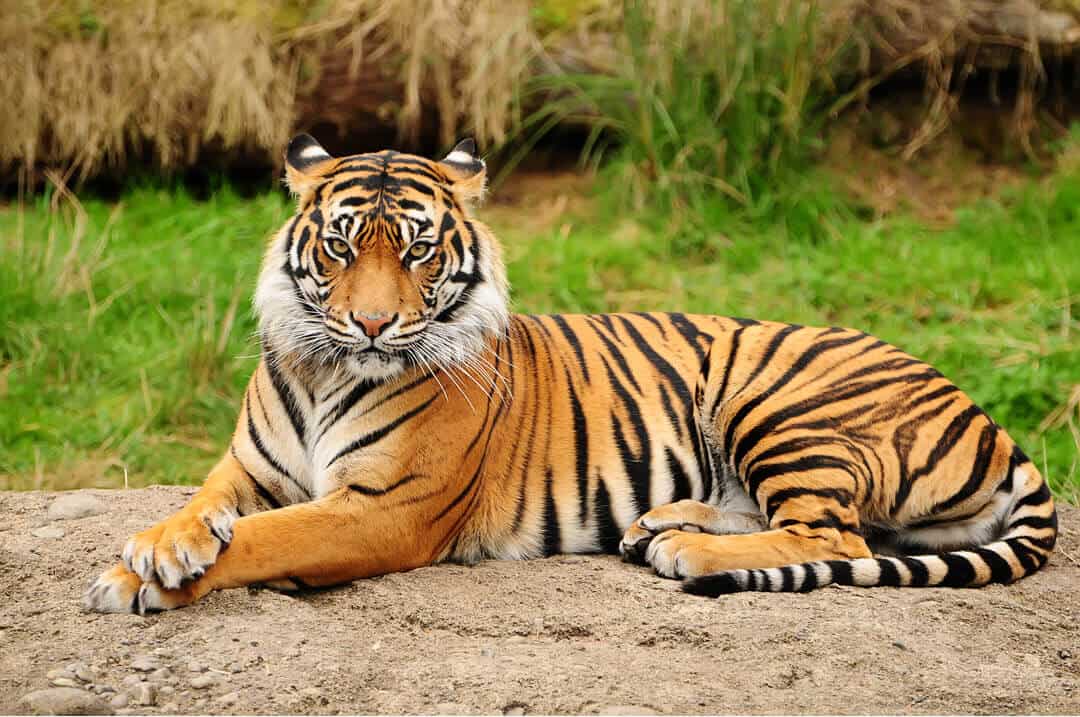
Bengal Tiger
Panthera tigris tigris
Conservation Status: Endangered
A tiger subspecies with yellow to light orange fur and dark stripes. One of the biggest tigers. It is estimated that there are less than 2,500 Bengal tigers in the wild.
- Where in China: Mostly found in Tibet, near the border with India and Nepal.
- Habitat: They live in thick forests and grasslands.
- Fun Fact: Bengal tigers are more common in India, but a few wander into China from nearby countries.
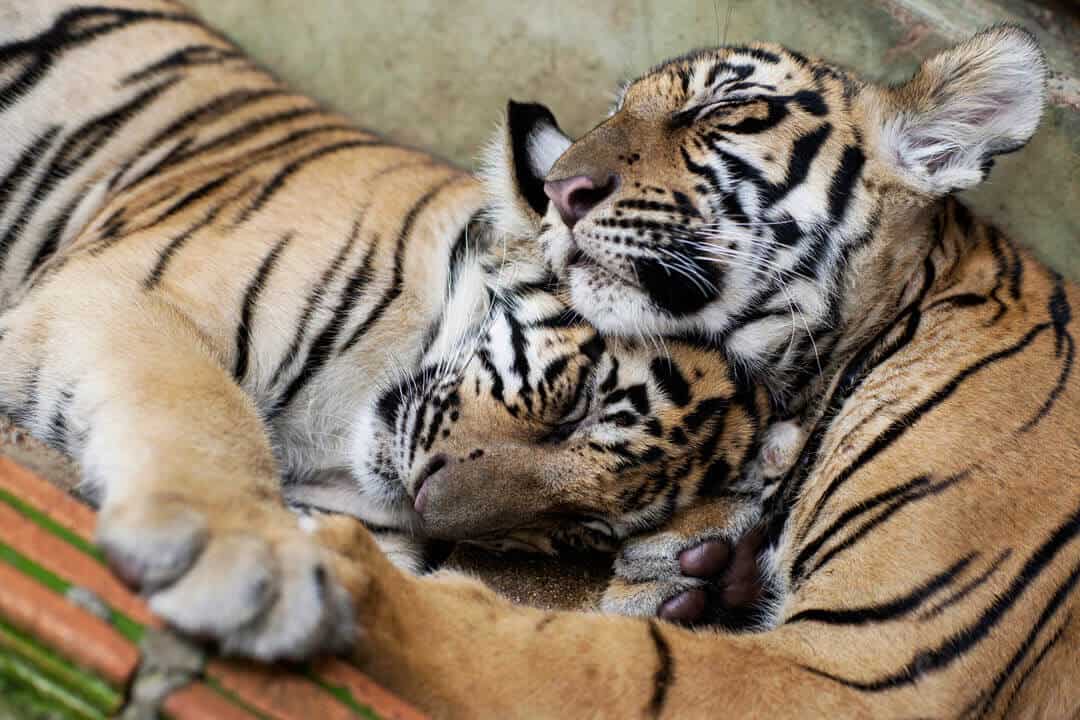
Indochinese Tiger
Panthera tigris tigris
Conservation Status: Endangered
Native to Southeast Asia. It is estimated that there are less than 350 Indochinese tigers in the wild. Indochinese tigers have somewhat darker coloring with narrow stripes.
- Where in China: Southern Yunnan province.
- Habitat: Tropical forests with lots of trees and cover.
- Population: Very few are left in China — scientists believe fewer than 20 may remain.
- Threats: Habitat loss and hunting have caused their numbers to drop.
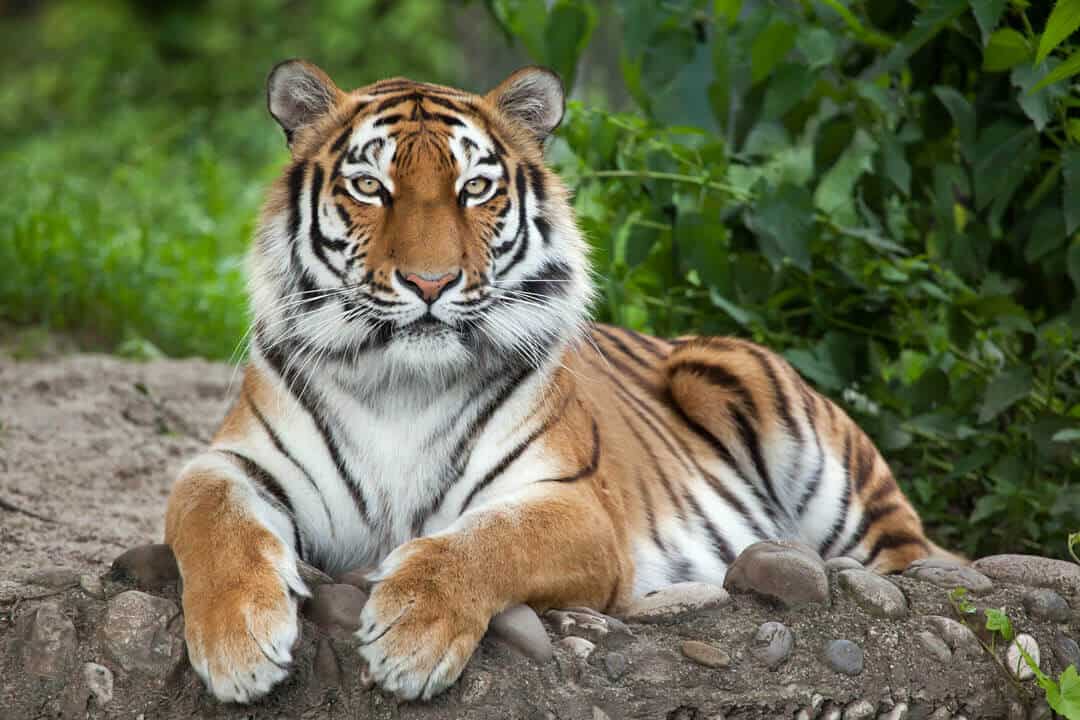
Siberian (Amur) Tiger
Panthera tigris tigris
Conservation Status: Critically Endangered
The Siberian tiger inhabits Northeast China, the Russian Far East and possibly North Korea.
The Siberian tiger’s fur is a reddish brown color with black stripes. It is one of the largest big cats, weighing up to 700 lbs.
- Where in China: Northeastern China, mostly in Jilin and Heilongjiang provinces.
- Habitat: Cold forests with snow in winter, near the Russian border.
- Population: About 60 wild Siberian tigers live in China, and more in Russia.
- Cool Fact: These are the biggest tigers in the world!
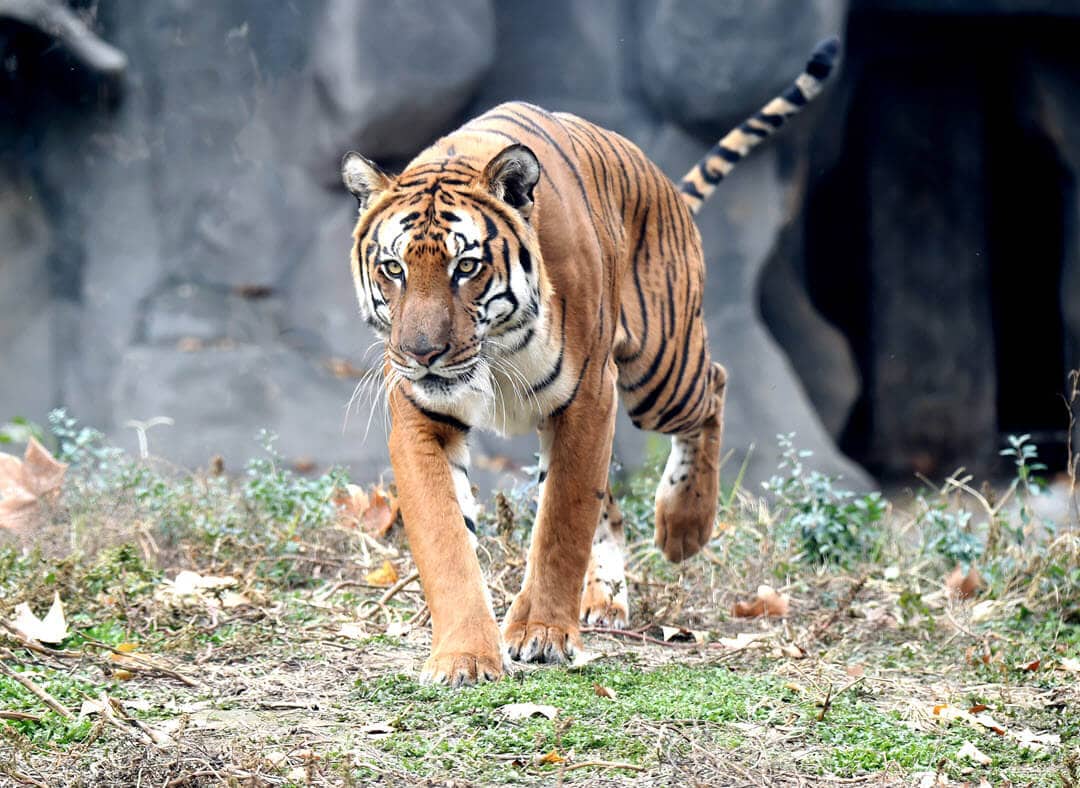
South China Tiger
Panthera tigris tigris
Conservation Status: Critically Endangered
Inhabits Southern China. The South China tiger is believed to be extinct in the wild. A small tiger but bigger than the Sumatran tiger.
- Where in China: Once found in central and southern China, now possibly extinct in the wild.
- Habitat: Forested mountains.
- Population: No confirmed wild sightings since the 1990s. Around 100 live in zoos and breeding centers.
- Hope: Conservation programs are trying to reintroduce them to the wild one day
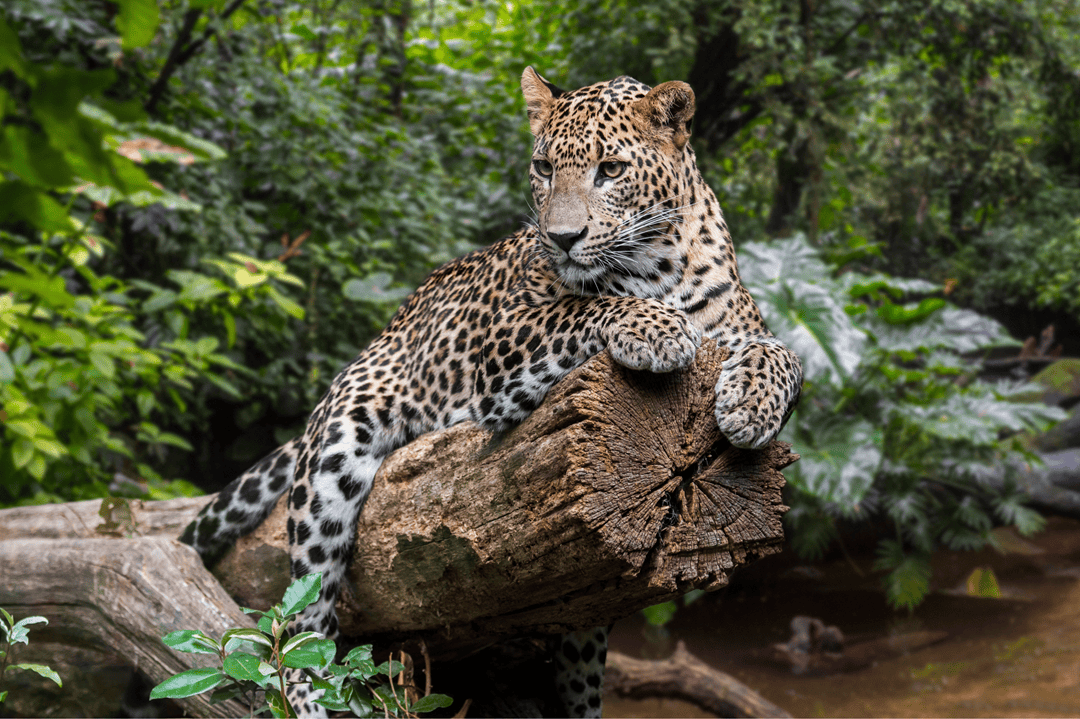
Leopard
Panthera pardus
Conservation Status: Vulnerable
The leopard is a big cat found in Africa, Southeast Asia and southern China. It has pale yellow to golden fur with dark spots.
- Where in China: Widespread in small numbers across central and southern China, including Sichuan, Yunnan, and Tibet.
- Habitat: Forests, mountains, and grasslands.
- Fact: The Indochinese leopard is a subspecies of the common leopard, but there may be other leopard types still living in China too, though their exact numbers are hard to track.
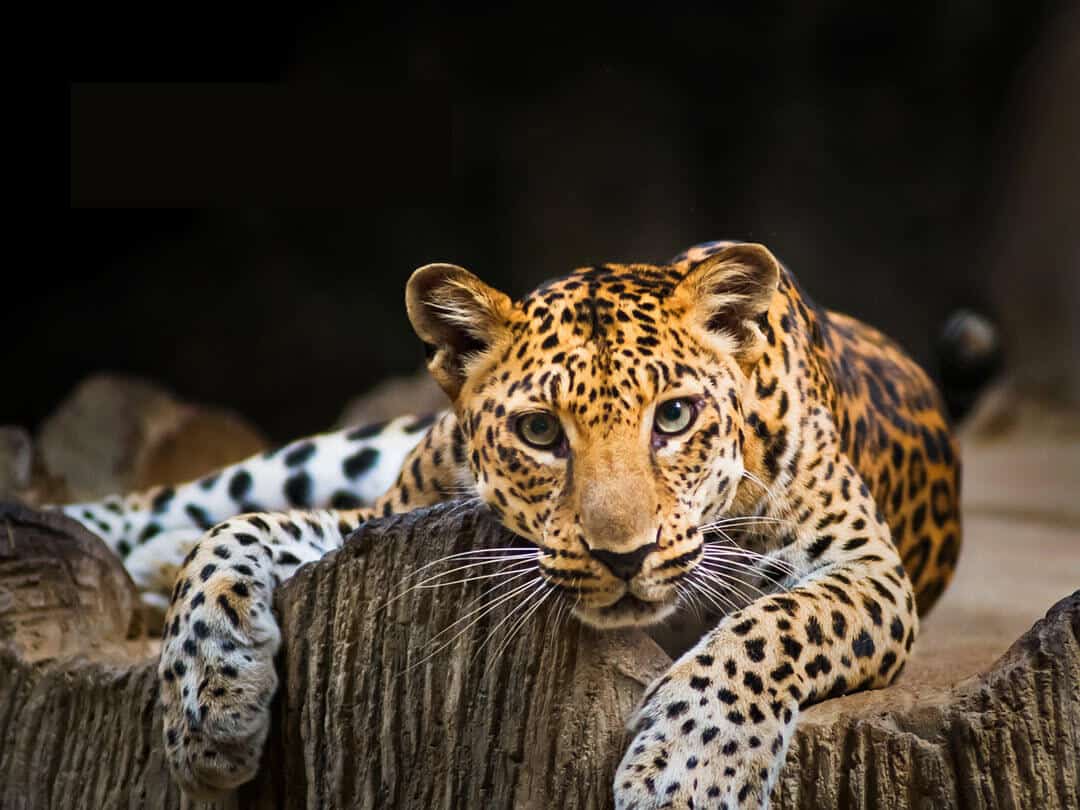
Indochinese Leopard
Panthera pardus delacouri
Conservation Status: Critically Endangered
The Indochinese leopard is a leopard subspecies that inhabits Southeast Asia and southern China. It has reddish-brown fur with dark rosettes.
- Where in China: Also found in southern Yunnan.
- Habitat: Warm forests with lots of plants and animals to hunt.
- Population: Extremely rare — possibly fewer than 50 in the wild in China.
- Threats: Loss of forest and poaching.
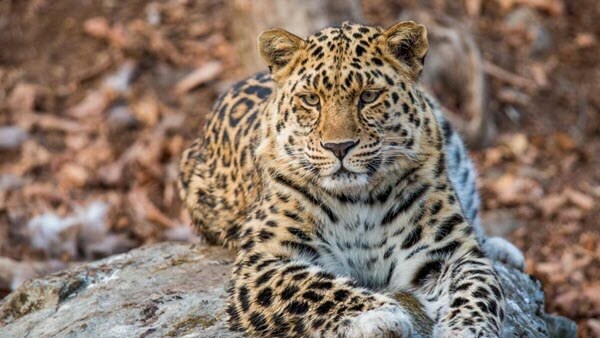
Amur Leopard
Panthera pardus orientalis
Conservation Status: Critically Endangered
A leopard subspecies found in Southeastern Russia and northern China.
- Where in China: Far northeast China, near the Russian border in Jilin Province.
- Habitat: Temperate forests with cold winters.
- Facts: One of the rarest big cats in the world, with only around 100 left in the wild. They are fast, powerful, and great climbers.
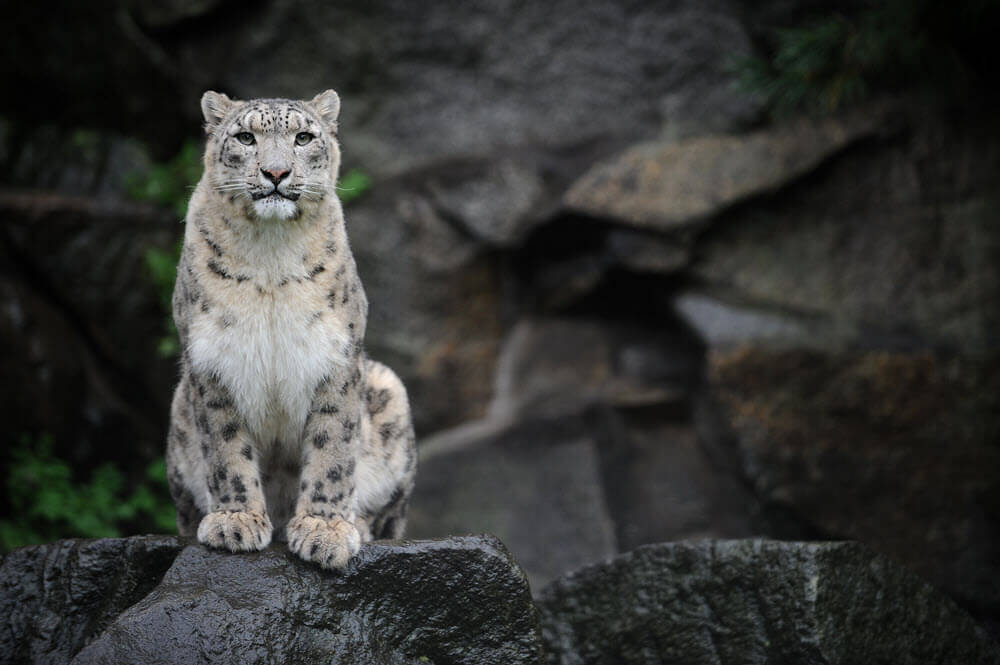
Snow Leopard
Panthera uncia
Conservation Status: Vulnerable
Snow leopards can be found in the mountains of South and Central Asia, where they have adapted to living in extremely cold climates.
- Where in China: High mountains in Tibet, Xinjiang, Qinghai, Gansu, and Sichuan.
- Habitat: Rocky, snowy mountain areas above 3,000 meters.
- Population: China has the most snow leopards in the world — about 2,000 to 2,500.
- Fact: Snow leopards are hard to spot and are called “ghosts of the mountains.”
Small Wild Cats in China
Not only can you find several big cats inhabiting China, but also many medium-sized and small wild cats, including the Asian golden cat, jungle cat, Asiatic wild cat, Eurasian lynx, marbled cat, clouded leopard, Pallas’s cat, Chinese mountain cat and leopard cat.
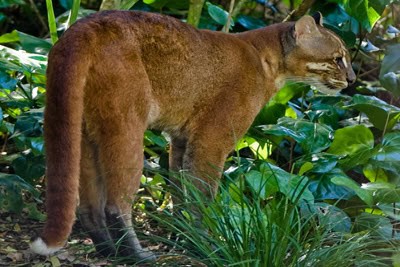
Asian Golden Cat
Catopuma temminckii
- Where in China: Southern and southeastern China — Yunnan, Tibet, Sichuan.
- Habitat: Dense forests and mountains up to 3,000 meters.
- What it’s like: Reddish or golden fur, about twice the size of a house cat. Very shy and mostly active at night.
Learn more about the Asian golden cat.
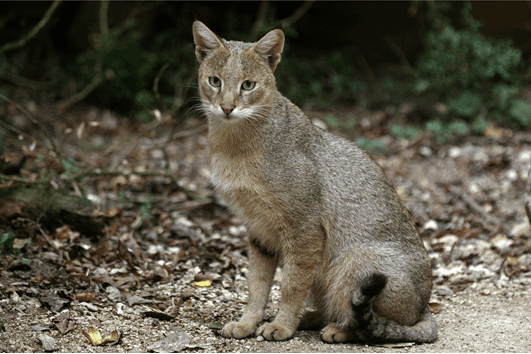
Jungle Cat
Felis chaus
- Where in China: Western and southern China — Xinjiang, Yunnan.
- Habitat: Wetlands, reed beds, grasslands, and forests near rivers or lakes.
- What it’s like: Long legs, short tail, yellowish-gray fur. Hunts birds, frogs, and small mammals.
Read more about the jungle cat.
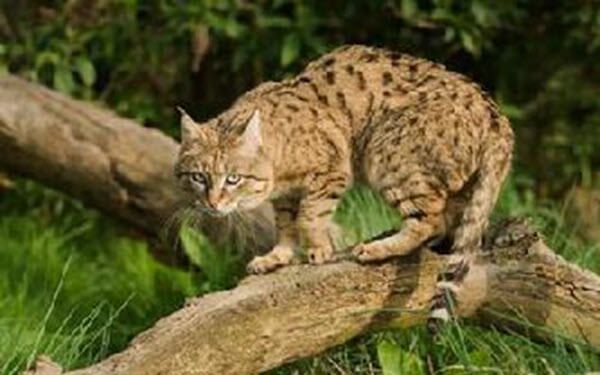
Asiatic Wildcat
Felis lybica ornata
- Where in China: Western China, especially Xinjiang.
- Habitat: Dry grasslands, deserts, and open woodlands.
- What it’s like: Looks like a striped house cat but is completely wild. Survives well in dry places. A subspecies of the African wildcat.
Learn more about the Asiatic wildcat.
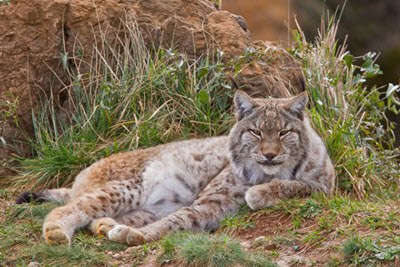
Eurasian Lynx (Amur Lynx)
Lynx lynx
- Where in China: Northeastern China — Jilin and Heilongjiang.
- Habitat: Cold forests and snowy mountains.
- What it’s like: Big paws, thick fur, and ear tufts. Hunts rabbits, birds, and small deer.
Read more about the Eurasian lynx.
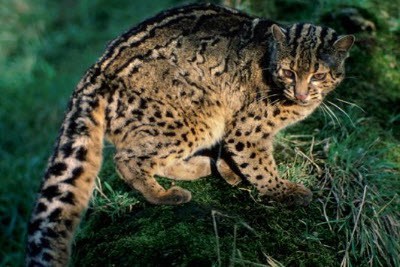
Marbled Cat
Pardofelis marmorata
- Where in China: Southern China — Yunnan and Guangxi.
- Habitat: Tropical and subtropical forests.
- What it’s like: Small and tree-loving, with beautiful marbled fur. Hard to see in the wild.
Learn more about the marbled cat.
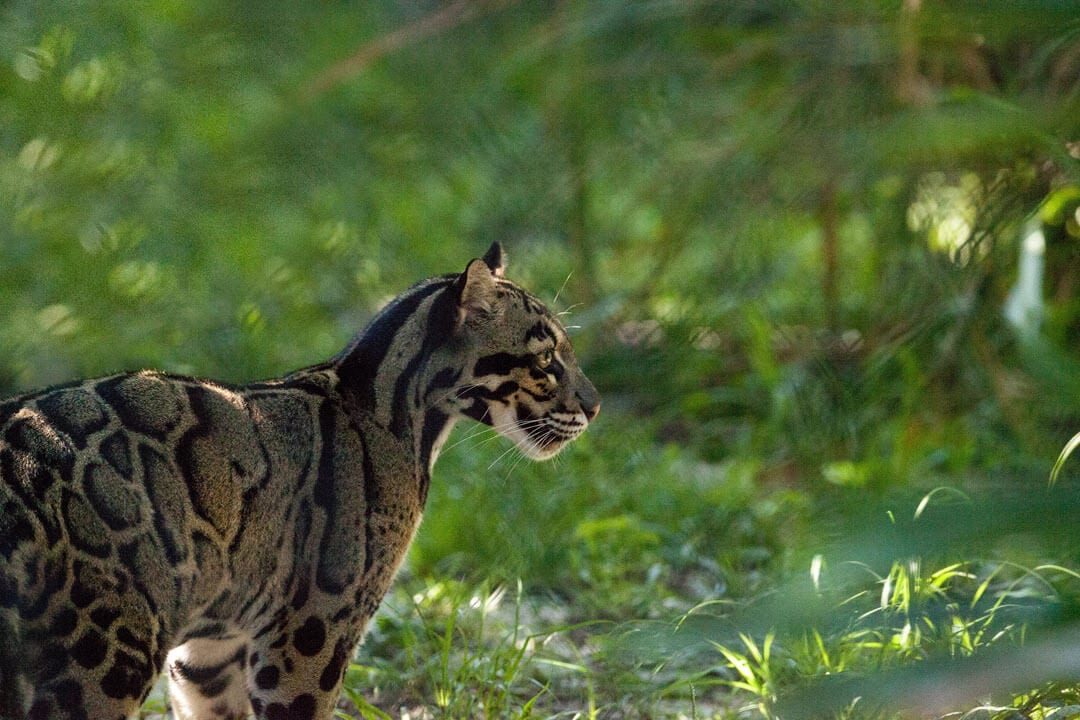
Clouded Leopard
Neofelis nebulosa
- Where in China: Southern China — Yunnan, Tibet, and Guangxi.
- Habitat: Dense forests and foothills.
- What it’s like: Not very big but very powerful. Great climber, with long tail and cloud-shaped spots.
Find out more about the clouded leopard.
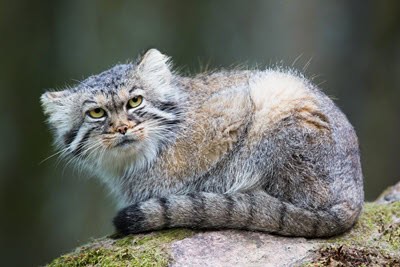
Pallas’s Cat (Manul)
Otocolobus manul
- Where in China: Western and northern China — Tibet, Qinghai, Xinjiang.
- Habitat: Cold, rocky grasslands and mountain edges.
- What it’s like: Fluffy with a round face and short legs. Looks cute but is tough and hunts small animals.
Learn more about the Pallas’s cat.
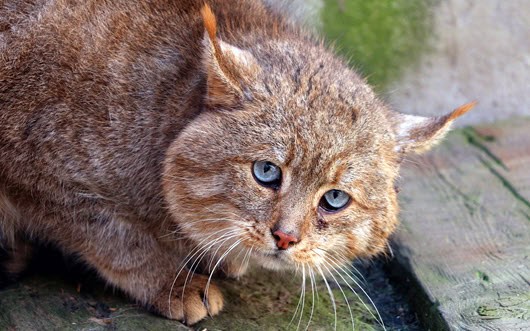
Chinese Mountain Cat
Felis bieti
- Where in China: Only found in western China — Tibet and Qinghai.
- Habitat: High mountain grasslands, around 2,500 to 5,000 meters high.
- What it’s like: Rare and mysterious. Yellowish-gray fur with faint stripes. Lives alone and hunts small mammals like pikas.
Read more about the Chinese mountain cat.
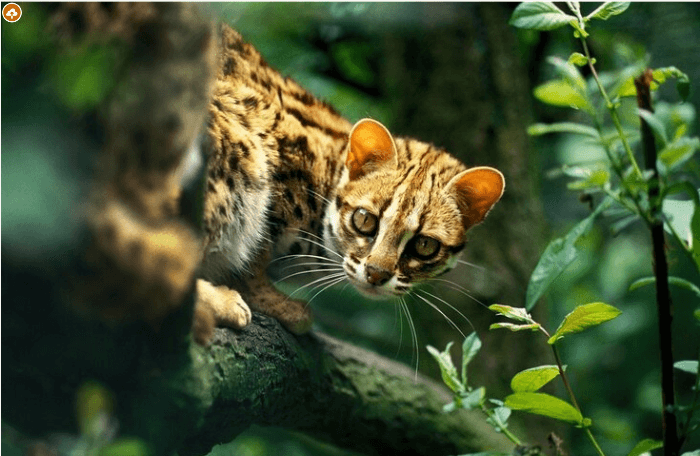
Leopard Cat
Prionailurus bengalensis
- Where in China: Widely spread — southern, central, and eastern China.
- Habitat: Forests, farmlands, and even near villages.
- What it’s like: Looks like a mini-leopard with spots. About the size of a house cat, but wild and fast.
Learn more about the leopard cat.
2025 - Estimated Wild Cat Populations in China
| Common Name | Scientific Name | Estimated Population | Notes |
|---|---|---|---|
| Big Cats | |||
| Bengal Tiger | Panthera tigris tigris | 4–5 | Historically in Tibet; very rare. |
| Indochinese Tiger | Panthera tigris corbetti | 8–11 | Found near Yunnan-Myanmar border. |
| Siberian Tiger | Panthera tigris altaica | ~30 | Primarily in NE China; population recovering. |
| South China Tiger | Panthera tigris amoyensis | Possibly extinct | No sightings in the wild since 1980s. |
| Amur Leopard | Panthera pardus orientalis | ~55 | Found near Russia-China border. |
| Snow Leopard | Panthera uncia | ~4,500 | Western China; major population stronghold. |
| Indochinese Leopard | Panthera pardus delacouri | Unknown | Present in south China; scarce data. |
| Clouded Leopard | Neofelis nebulosa | Unknown | Forest regions; poorly studied. |
| Small Wild Cats | |||
| Asian Golden Cat | Catopuma temminckii | Unknown | Widespread in south China. |
| Jungle Cat | Felis chaus | Unknown | Presence uncertain in China. |
| Asiatic Wildcat | Felis lybica ornata | Unknown | Found in Xinjiang; declining. |
| Eurasian Lynx | Lynx lynx | Unknown | Greater Khingan region; status unclear. |
| Marbled Cat | Pardofelis marmorata | Unknown | Rare and poorly known species. |
| Pallas's Cat | Otocolobus manul | Unknown | High-altitude regions; elusive. |
| Chinese Mountain Cat | Felis bieti | Unknown | Endemic to Qinghai-Tibet Plateau. |
| Leopard Cat | Prionailurus bengalensis | Unknown | Widespread; locally abundant. |
Wild Cat Conservation in China
Wild cats in China—ranging from big cats like the Amur tiger and snow leopard to medium and small species like the leopard cat and Chinese mountain cat—face a wide range of conservation issues. These threats vary by species and region, but the most critical ones include:
Habitat Loss and Fragmentation
- Deforestation, agriculture, infrastructure development (e.g., roads, railways), and urban sprawl have drastically reduced and fragmented the habitats of many wild cats.
- High-altitude infrastructure projects (like hydropower dams and mining in Tibetan Plateau regions) impact species such as the snow leopard and Chinese mountain cat.
- Fragmentation limits breeding opportunities and increases inbreeding, especially for isolated populations.
Human-Wildlife Conflict
- Retaliatory killings occur when wild cats prey on livestock, especially in pastoral areas.
- Farmers and herders may use poison or traps, which can indiscriminately kill not just the target predator but other wildlife too.
Poaching and Illegal Wildlife Trade
Wild cats are poached for:
- Pelts (fashion and status symbols)
- Bones and body parts (used in traditional Chinese medicine, especially for tigers and leopards)
- The illegal pet trade threatens smaller wild cats like the leopard cat.
- Although tiger farming is banned, tiger farms in China still pose risks by fueling black-market demand.
Low Population Numbers
- Species like the Amur tiger and Amur leopard have critically small populations in northeastern China, making them vulnerable to disease, genetic problems, and stochastic events.
- The Chinese mountain cat is rarely seen and poorly studied, suggesting extremely low population densities.
Lack of Data and Research
- Many small and medium-sized cats (like the marbled cat and Asiatic golden cat) are understudied, leading to data deficiencies that hinder conservation planning.
- Difficult terrain and elusive behavior make population surveys difficult.
Policies
- Although China has improved wildlife protection laws, enforcement remains inconsistent, especially in rural areas.
- Protected areas often lack sufficient resources for effective management and patrolling.
- Some regions still prioritize development over conservation.
Weather
- Rising temperatures and changing precipitation patterns could shift habitats and prey distributions, particularly affecting species in alpine or highland environments like the snow leopard and Chinese mountain cat.
- Increased frequency of natural disasters, such as wildfires and droughts, can also reduce prey availability.



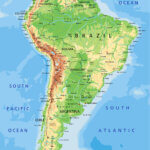

















0 Comments